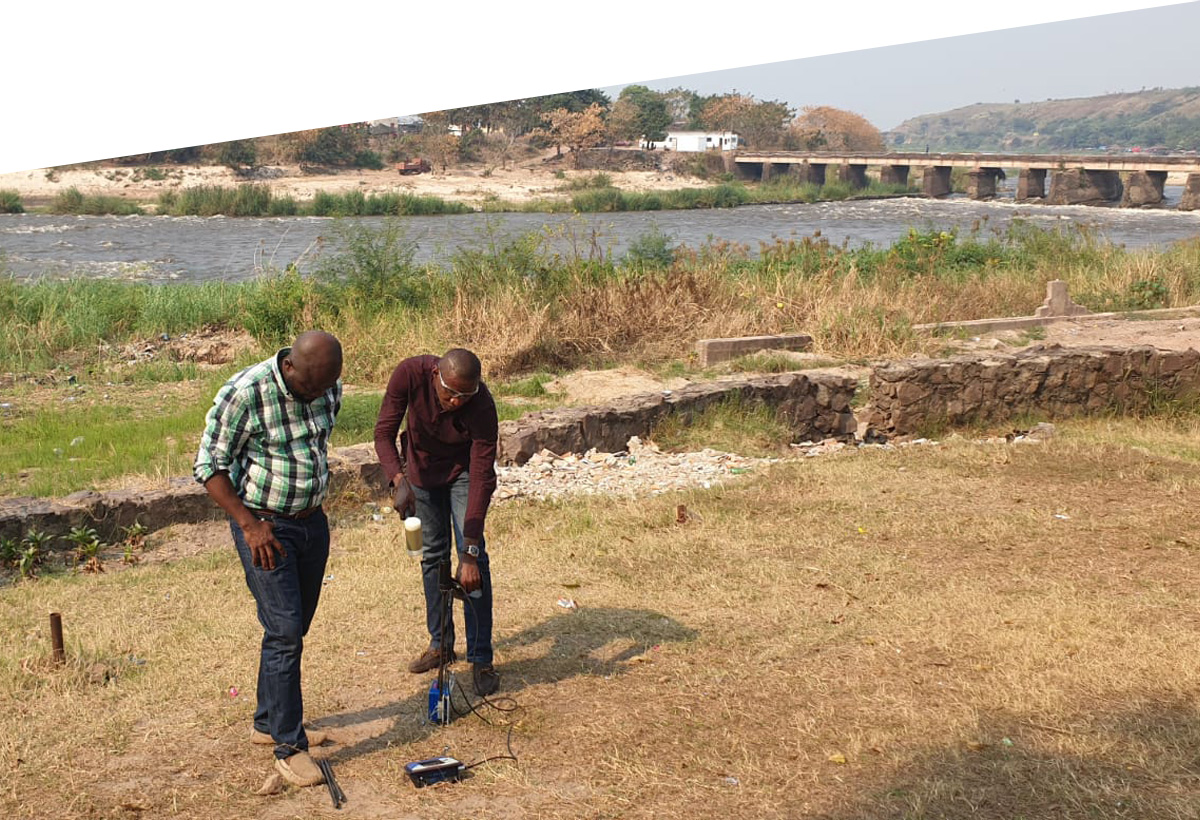A full range of services for acquiring multi-physics data
To meet our clients’ needs regarding surface and underground studies, we propose multi-physics data acquisition (through LiDAR, magnetism, gravimetry, gamma ray spectrometry, etc.) using any type of carrier: surface or airborne (drones).
Each acquisition offer features operational, geological and geophysical expertise, all contributing to optimal deployment of the technology.
Thanks to mastery of every link in the acquisition chain, with no need to bring in subcontractors, the methods can be blended in order to optimise costs and boost the added value of the deliverables.
Processing and geological interpretation: producing high-resolution maps and evaluating the resources
The geophysical data are combined with calibrations at the surface (drilling and sampling; geophysical and geomechanical measurements) to produce high-resolution geological or pedological maps, or thematic maps; for example:
● Resource exploration
● Agronomy
● Geotechnical
● Pollution, etc.
In the context of resource exploration, the results are integrated into the existing data (geological or seismic knowledge, drilling, production data, etc.) to create static and dynamic models, in order to evaluate the resource and propose scenarios for exploration and exploitation.
Contacts

Christophe RIGOLLET
Christophe is a geologist and holds a PhD from Mines ParisTech (the Paris School of Mines). He has worked by turns for TOTAL, ENGIE, BRGM (France’s reference Earth Science institution) and SGS Horizon. He joined CVA Group in 2016 as a Geoscience manager responsible for integrated studies. In parallel, he is the Director of the “GIS Geodenergies” research consortium which focuses on new energies.
Plus points

INNOVATION
Blending methods to boost the added value of the deliverables.

OPTIMISED COSTS
CVA strives to provide an optimal response to its clients’ needs while controlling costs.

AGILITY
Drones enable easier, faster implementation in any environment.

EXCELLENCE
Combining the best experts with high-tech materials and software to develop highly competitive methods.
DISCOVER





